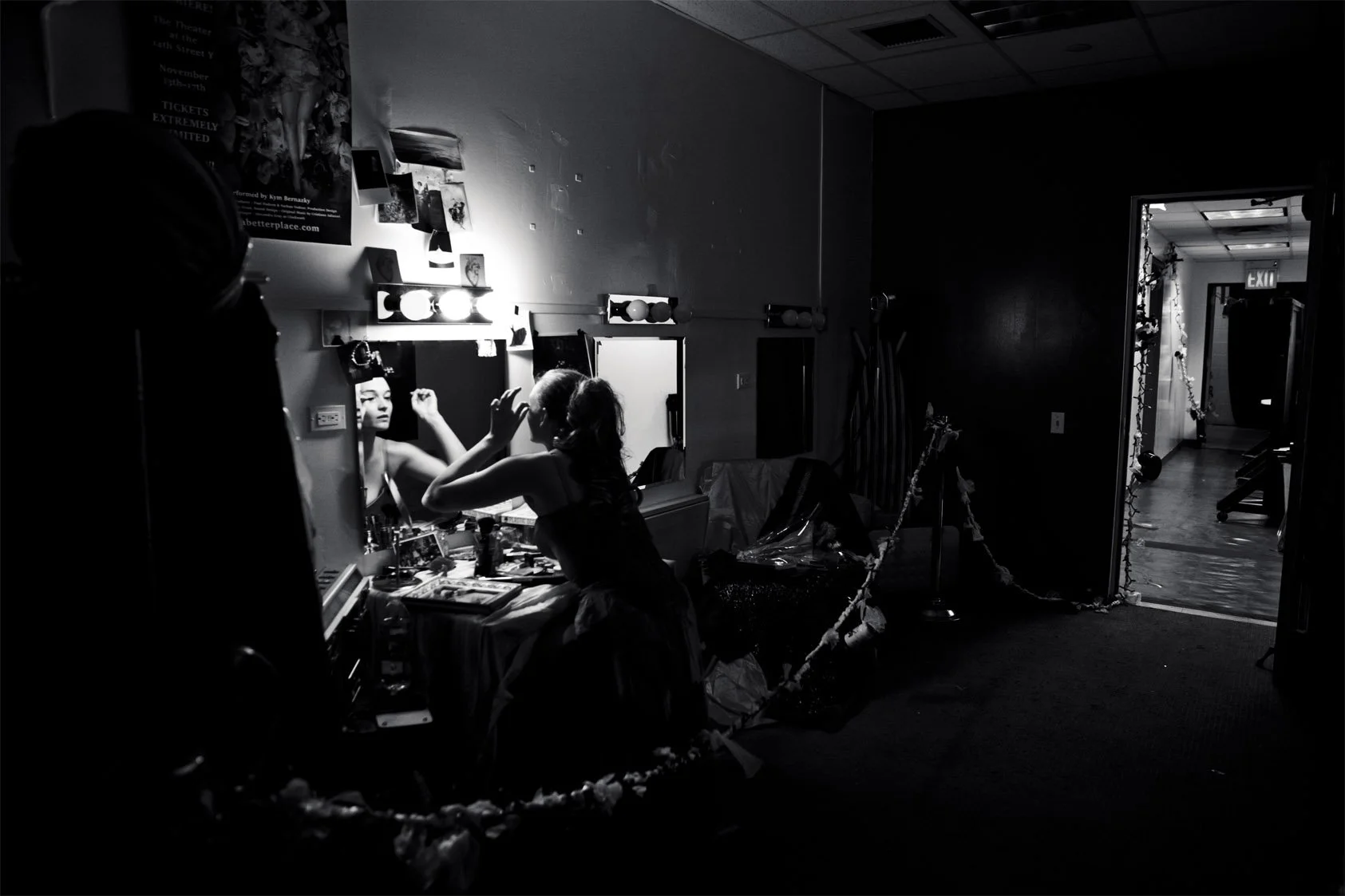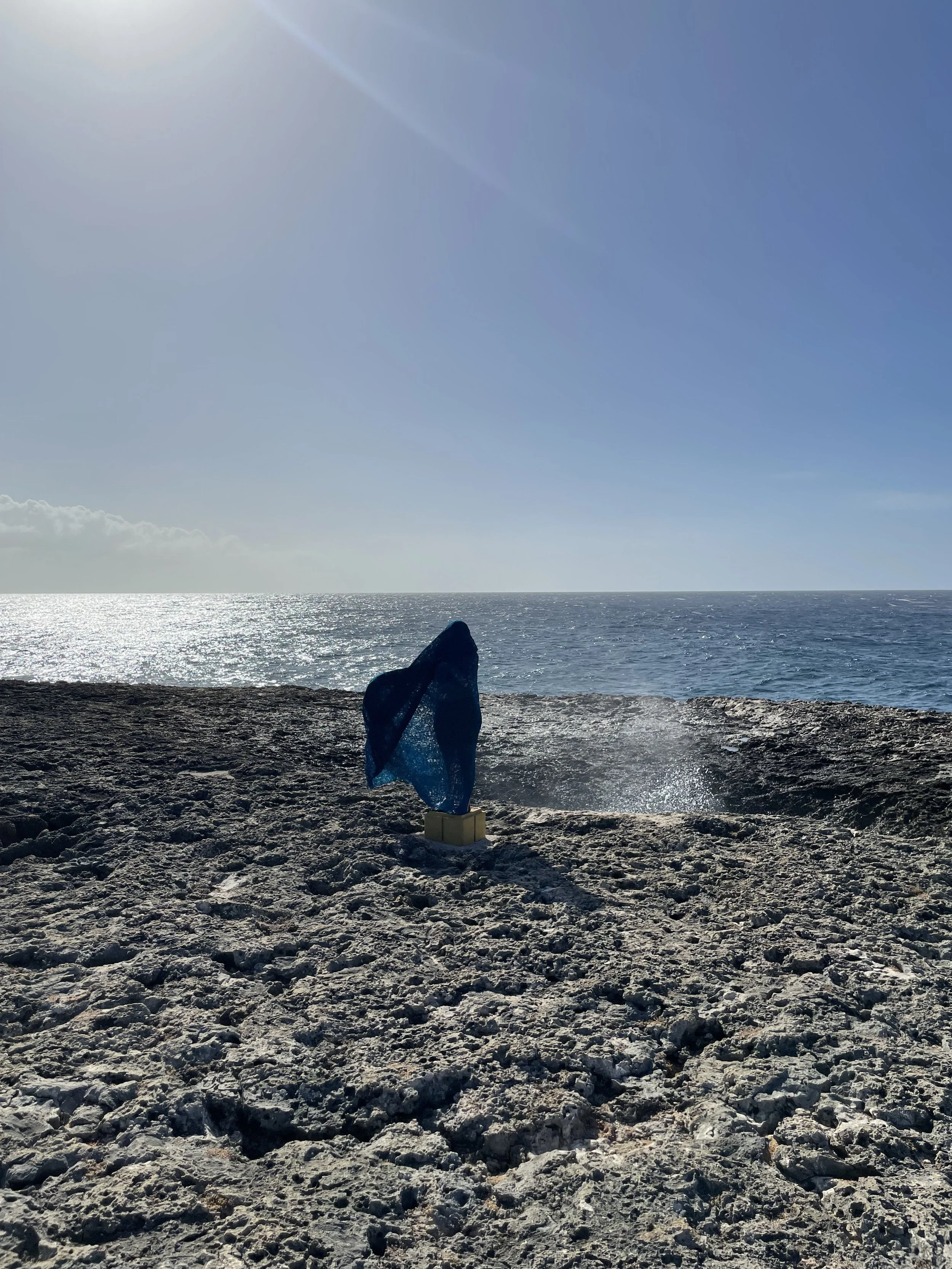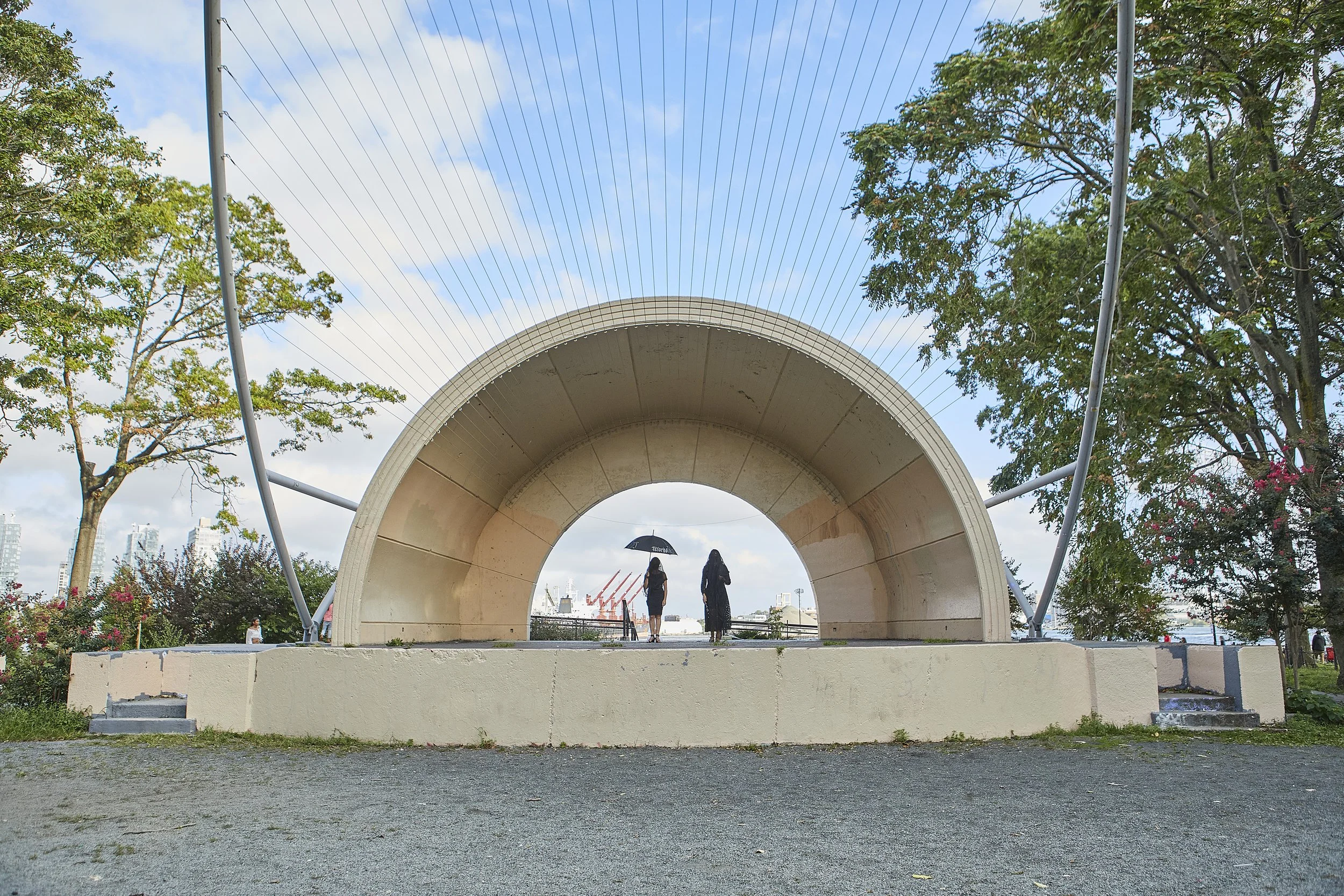Plasticland: A Better Place Kym sits at her mirror, ready to welcome audience in.
I use the space as a laboratory and I humbly invite the audience to join me as fellow experimenters. Together, we test hypotheses of embodiment, of the connections between one another, of searching for meaning in trauma and loss, of mysteries that can’t be put into words but can be made into art. Whether encouraging the audience to throw cream pies or surprising them with choirs, my practice creates moments of unexpected surprise and delight. I work to invoke a co-incident where an audience and performer inhabit the same time and space, curious about awakening the present moment. I seek to dis-assemble the fourth wall, I invite my audiences directly into our performance experience. Using physical theater and immersive performance art, I dare/tempt/seduce the audience to push to the edges, the edges of the paper and beyond...you know - thinking out of the box and all those dumbass cliches. How real can we be in a room together? How do we push the envelope? Mosh the envelope. Tear the envelope. Eat the envelope. Bleed the envelope. I want to bring my audience an audacious performance.
My mother died of Huntington’s Disease in 1999, a rare genetic disease. I chose to be tested in 2016, finding out I have the markers for it, which means I’ll develop it at some unknown age. This has had a huge influence on my practice and my life, This led me to explore my relationships to death, mortality and, of course, the joy of life!
My work questions the underlying assumptions of theatrical conventions. In Plasticland: A Better Place, I invited the audience into my dressing room before the show. Using a vintage boom-box as a speaker, I played a voiceover of a Martha Graham quote as the narrator of my inner workings to share the intimate rituals of the performer before going onstage. The audience was also challenged to walk onto the stage and cross though THE big red curtain. They were rewarded with the discovery of a 20-foot replica of The Great Pacific Garbage Patch in which I was trapped.
Alex Gray as TickTock in front of THE big red curtain in Plasticland: A Better Place.
Collaboration with designers and other artists is an important part of my practice. William Cook and I worked together on two plays, Medea Blitz and Death and the Act of Living. Our training in Viewpoints and Suzuki with SITI Company keep us grounded, aware and listening. Having had personal medical experiences that had put the reality of death front and center in our lives, we want to bring a new conversation and experience about death and dying, and also living as a by-product of that new understanding. We explored The Tibetan Bardo, researched and collated stories, dove into our memories using things we had learned and adapted texts from literature and philosophy. We were able to shake the traditional taboos around discussing death in the west while providing the audience with a safe and engaging space to consider their own viewpoints.
Not just interested in working in a theater, I bring my work to the world at large, whether in a three hour long walk down the East River Park in remembrance of New Yorkers’ who had died during the pandemic or to the top of One World Trade to build an installation that reflected image of The Statue of Liberty.
I make work by amassing many things together: texts, images, music, objects, histories, tree trunks, fabrics. Then I conglomerate them into a mosaic, weaving it through subjects that infect me/parallel my own life experience. I explore subjects that both interest me and affect me. A recent project I worked on explored Solastalgia, a word invented to define the helplessness people feel when they can’t do anything about climate change. I paralleled that feeling with not being able to do anything about COVID. Completely covered in a black, stretchy material, I performed choreography for three hours in a public park atop a tree trunk during the pandemic as an act of public mourning.
With delicate humor, I pour my own life experience into shapes which I translate to an audience non-didactically. Through sharing my personal story, I let my audience witness me unraveling viscerally and offer hope for coming through the darkest moments in life. In Shambles I tell a survivor story. I’m not sure whether or not I will survive. However, I just keep coming back. I expose the beauty of unhappiness and the perfection of imperfection, while exploring the trope of a ‘normal’ life and present tone poems of human experience. Using music, movement, direct audience address and a giant plate of spaghetti, Shambles is a theatrical experiment that unfolds with moments of bravura and vulnerability like a non-narrative, lucid dream.
In all my performances, I like to give the audience and myself a lagniappe, a gift; a moment in a piece that I can’t wait to show the audience and one that I hope they will be charmed by. These are usually created by manipulating fabrics. In “”Death and the Act of Living” William and I tucked the audience under a giant blanket which was created by sewing together 4 king-sized blankets. I strive to make them one with everything or at least their fellow audience member, that human being sitting right next to you.



